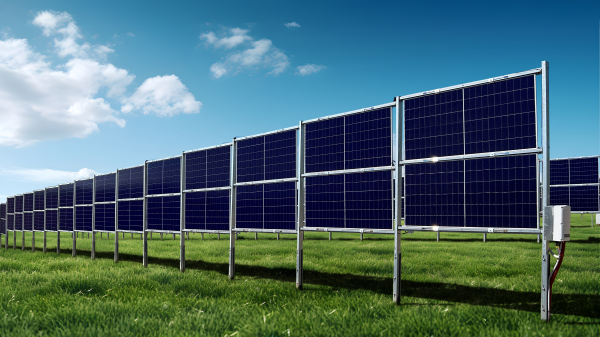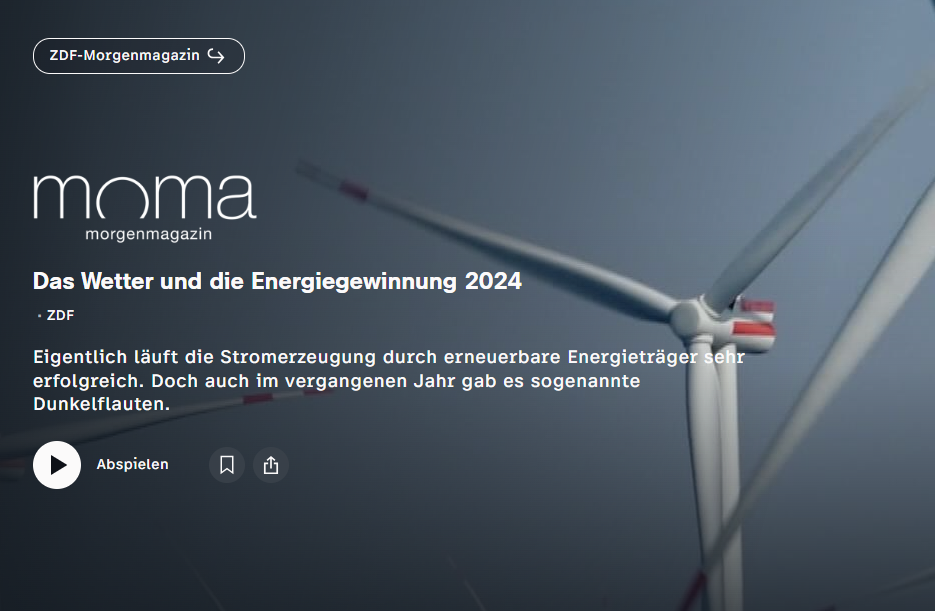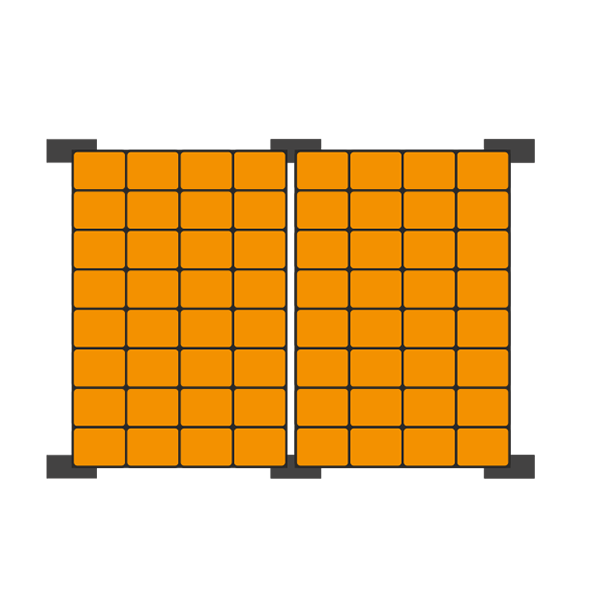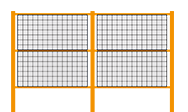Over the last few days, countless solar installers and building owners across the country have probably breathed a sigh of relief. The reason for this is the planned abolition of the 52 gigawatt subsidy cap for photovoltaic systems with up to 750 kilowatts. As this cap was almost exhausted, there was a great deal of uncertainty in the industry, as the feed-in tariff is an important component with regard to the financing and profitability of such projects.
The cap scared off solar installers and investors
Maintaining the cap would have caused many investors and prospective photovoltaic customers to shy away from realizing a corresponding system for cost reasons – with unforeseeable consequences for manufacturers, service providers and installers. The cap on the promotion of solar capacity of no more than 52 gigawatts was passed by parliament in 2012, not least for cost reasons. Since then, however, both the political and economic circumstances have changed considerably.
In order to achieve the target of a 65% share of green electricity by 2030, good framework conditions must continue to be created for alternative energies. In addition, the costs of solar power generation have fallen significantly in the meantime, making the originally planned cap seem anachronistic to many. Not least for this reason, work has been underway for some time to abolish the unpopular paragraph – but not without complications.
Lack of wind turbine agreement delayed the solution
The actually unnecessary delay was triggered by the link between negotiations on the end of the feed-in tariff and the dispute over minimum distances between wind turbines and residential areas. The politicians of the coalition parties had already agreed in the spring that the cap on solar subsidies must be dropped. However, they forgot to reach an agreement on the controversial minimum distances between wind turbines. But without this, the CDU/CSU wanted there to be no agreement to end the 52 gigawatt limit.
A compromise was finally reached. This provides for the federal states to be given a certain amount of freedom in designing the minimum distance between wind turbines and residential buildings, which is set at 1,000 meters. The compromise solution has come just in time, it seems. After all, the capacity of subsidized plants has now exceeded a total output of 50 gigawatts. As investments in photovoltaic systems are currently continuing apace, the 52 gigawatts could be reached in just a few weeks. In case of doubt, this would mean that future builders would be left without subsidies, even though the government has decided in principle to provide further support.
Fortunately, the uncertainty has been over since the Bundestag voted in favor of the Building Energy Act (GEG) on May 18. However, the Federal Council still has to give its approval before the regulation becomes legally binding. This is due to take place at the upcoming session – the last before the summer break – on July 3, and therefore probably just in time before the magic 52 gigawatt limit is reached.
Further project opportunities for solar engineers?
At the same time, there is more good news for solar installers. For example, the coalition partners decided in the GEG that incentives for the construction of solar systems should be further increased in future. The focus here is particularly on apartment buildings and larger buildings, which the politicians believe have not been sufficiently developed to date. The solar inspection obligation is intended to ensure that the federal government, federal states and local authorities will in future have to check more closely whether solar energy systems can be productively integrated into new buildings and renovation projects.
The agreement means that investors and building owners who are considering installing a new photovoltaic system can continue to count on state support in the future. Now that planning security has been regained, solar installers and building owners should be able to sleep a little more soundly again.
Photo: Solar panels on the roof of houses and wind turbines – concept of sustainable resources @shutterstock | Diyana Dimitrova
























0 Comments